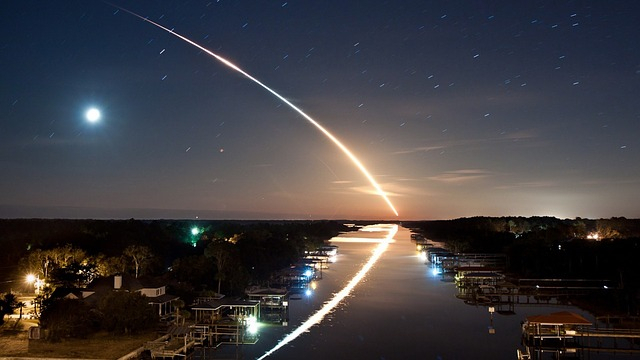A new study conducted by a team of researchers including experts at the Nanyang Technological University, Singapore has discovered a crater left behind by the largest ever meteorite that hit the earth. This giant crater measuring 15 kilometres in diameter has gone undetected for more than a century, as it was buried under a mammoth volcanic field located in Southern Laos.
A dreaded collision that happened 79,000 years ago

Experts revealed that this dreaded collision happened around 79,000 years ago and the impact has been observed across about 20 percent of the Eastern Hemisphere. Researchers in their study report published in the journal Proceedings of the National Academy of Sciences of the United States of America (PNAS), revealed that the evidence of the crater has now taken the form of a field of black glassy blobs, also known as tektites.
"The crater and proximal effects of the largest known young meteorite impact on Earth have eluded discovery for nearly a century. The large crater from which these tektites originated has eluded discovery for over a century, although evidence has long pointed to a location somewhere within Indochina, near the northern limit of the strewn field," wrote the researchers in the study report.
Gravitational anomaly indicates the presence of crater
In order to confirm the presence of this giant meteorite impact crater beneath a 910 km young volcanic field, the team conducted field gravity measurements to determine whether there was any gravitational anomaly.
"The gravity anomaly cannot reflect the presence of a volcanic caldera, buried beneath the lavas, because calderas are features associated with large crustal magma reservoirs beneath composite volcanoes. The Bolaven field and similar intraplate volcanic fields comprise scattered, low-eruption-volume scoria cones and flows that reflect the rise of individual batches of magma.
The absence of long-lived, localized composite volcanoes on the Bolaven Plateau implies the absence of an underlying crustal magma reservoir. Thus, the presence of large crustal magma volumes characteristic of calderas is unlikely," added the researchers.
This is not the first time that scientists are discovering hidden meteorite impact craters. A few months back, a team of scientists at the University of Copenhagen's Centre for GeoGenetics at the Natural History Museum, Denmark had discovered an impact crater hidden beneath the Greenland ice shelf. Researchers revealed that this impact crater is approximately 30 kilometres wide, and 1000 feet deep.








